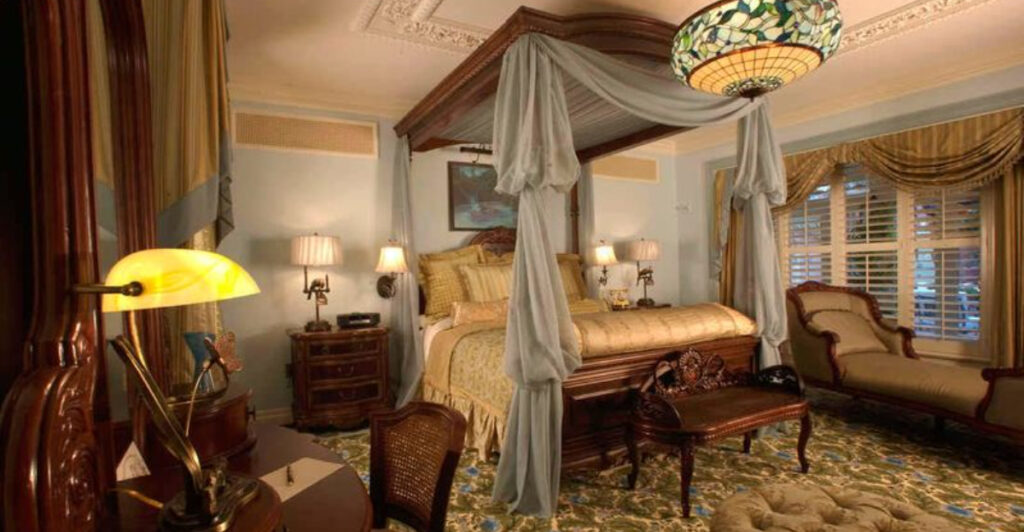America’s iconic landmarks hold secrets beneath their surfaces, offering a glimpse into hidden histories and intriguing spaces that are unknown to most visitors. These concealed rooms and passages serve various purposes, from historical preservation to exclusive access, adding layers of mystery and allure to these famous sites. Here’s a journey through 15 secret rooms hidden within America’s most renowned landmarks, each with its unique story and charm.
1. Mount Rushmore — Hall of Records
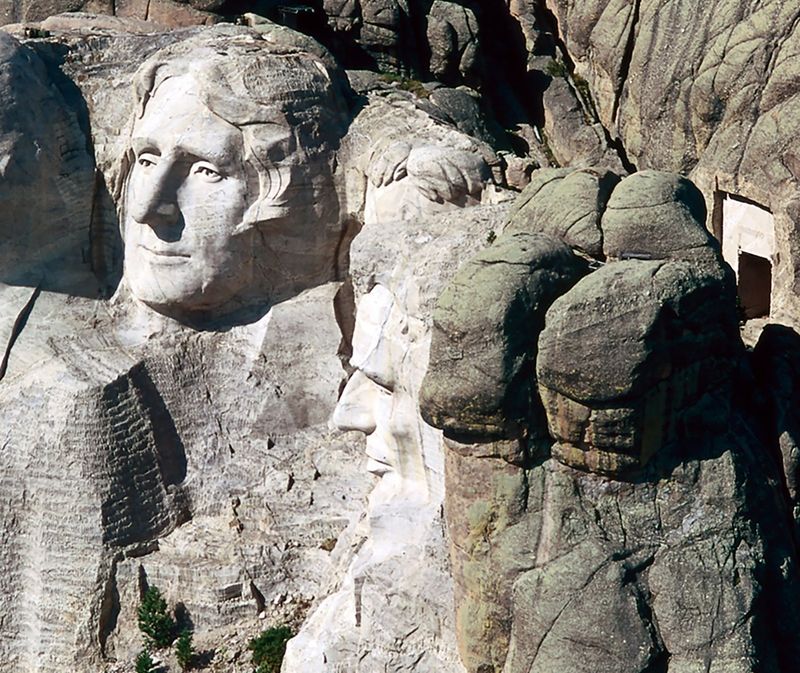
Behind the majestic faces carved into Mount Rushmore lies a hidden chamber known as the Hall of Records. This secret room, tucked behind Abraham Lincoln’s head, was conceived by sculptor Gutzon Borglum. It holds porcelain panels inscribed with some of America’s core documents, like the Declaration of Independence. Although it was built to preserve history, it remains unfinished and off-limits to the public. The chamber is a testament to Borglum’s vision of creating a “shrine of democracy.” Visitors can only imagine the treasures that lie within this hidden space, concealed from the bustling crowds below.
2. Empire State Building — 103rd-Floor Observation Deck

Perched high above the bustling streets of New York City is the Empire State Building’s 103rd-floor observation deck. Unlike its more accessible lower levels, this deck remains a privilege for the select few. VIPs and celebrities might find themselves enjoying unparalleled views from this hidden gem. It’s seldom used, except for special events, adding an air of exclusivity and mystery. The 103rd floor offers a unique perspective of the city that never sleeps. Its allure lies in the unobstructed, serene views, far removed from the tourist-heavy decks below.
3. Grand Central Terminal — Vanderbilt Tennis Club
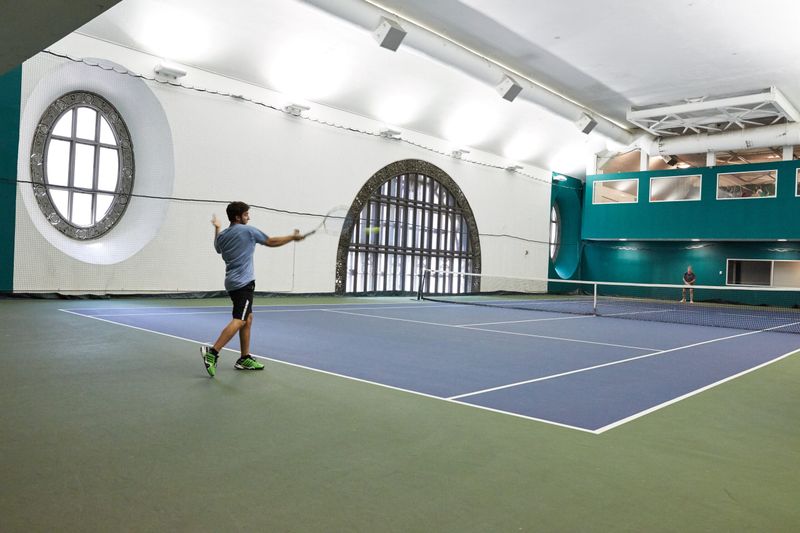
Hidden above the hustle and bustle of commuters is the Vanderbilt Tennis Club, an exclusive facility within Grand Central Terminal. This secretive oasis is located on the station’s fourth floor, accessible only to its private members. It offers a unique blend of athleticism and luxury, far removed from the chaotic platforms below. The club features tennis and fitness amenities, providing a secluded escape for its patrons. It stands as a testament to the station’s multifaceted utility, serving both as a transportation hub and a luxurious retreat for the privileged few.
4. Grand Central Terminal — Campbell Apartment Bar

Tucked away within the bustling corridors of Grand Central Terminal is the Campbell Apartment Bar, a speakeasy-turned-lounge that echoes the glamor of a bygone era. Once a private office, this hidden gem is concealed behind an unassuming elevator landing. It’s preserved in its original 1920s décor, offering patrons a journey back in time. The bar exudes a sense of exclusivity and nostalgia, attracting those in search of a unique and intimate setting. Its rich history and elegant ambiance make it a beloved secret among New Yorkers and travelers alike.
5. Statue of Liberty — Torch Room

Nestled within the iconic Statue of Liberty is the legendary torch room, a space once accessible to adventurous visitors. This small room, perched beneath Lady Liberty’s torch, provided breathtaking views of New York Harbor. However, access was closed in 1916 after a wartime explosion caused significant damage. The torch room now stands as a relic of the past, a symbol of freedom and resilience. Despite its closure, it remains a fascinating part of the statue’s history, drawing curiosity and intrigue from those who gaze upon this emblematic monument.
6. Disneyland — Club 33
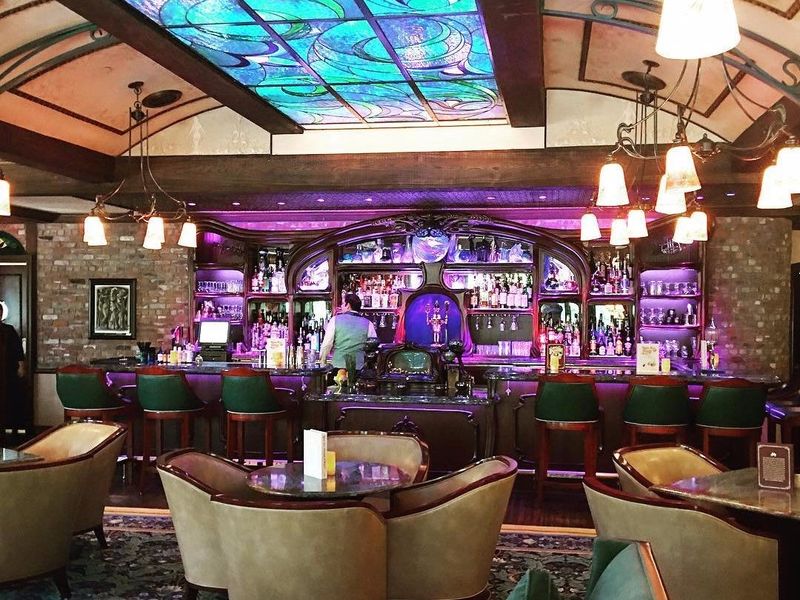
Amid the enchantment of Disneyland lies Club 33, an exclusive, members-only lounge tucked away in New Orleans Square. Accessible through an unmarked door, this plush retreat is the epitome of luxury and privacy. Membership to Club 33 is both costly and highly sought after, with a waiting list that spans years. Inside, guests enjoy a world of opulence, with fine dining and private lounges. It’s a well-guarded secret within the happiest place on Earth, catering to those who seek a more refined Disneyland experience.
7. White House — Tunnel to Treasury Building
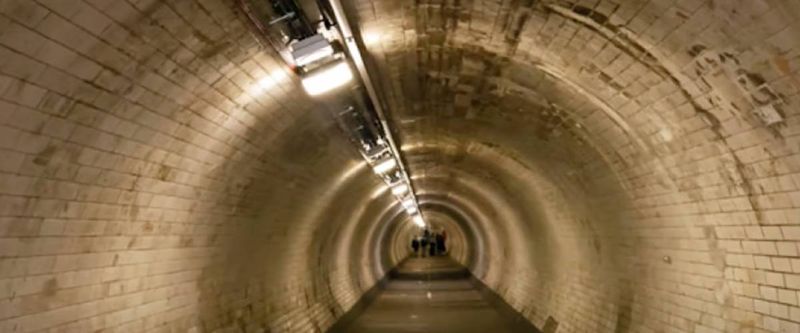
Beneath the grandeur of the White House lies a secret that speaks to its historical significance: a tunnel leading to the Treasury Building. Constructed in 1941, this underground passage was designed for presidential evacuation during times of crisis. It includes small, hidden rooms that once housed cots for emergency use. Though rarely discussed, this tunnel adds a layer of intrigue to the nation’s most famous residence, reflecting a time when security and secrecy were paramount. Its existence is a reminder of the complexities behind the White House’s public facade.
8. U.S. Capitol — Tunnel beneath the Lincoln Room

Underneath the iconic U.S. Capitol, a recently revealed tunnel offers a glimpse into America’s storied past. This sealed passage, dating back to the War of 1812, is believed to have been used by British troops. Though no longer accessible, its discovery adds a rich layer to the Capitol’s already complex history. This hidden corridor, known as the Lincoln Room tunnel, was shown off in a public video, sparking interest and speculation. It remains a piece of history frozen in time, unseen by most but forever part of America’s narrative.
9. Morgan Library & Museum (NYC) — Hidden Stairs behind Bookcases
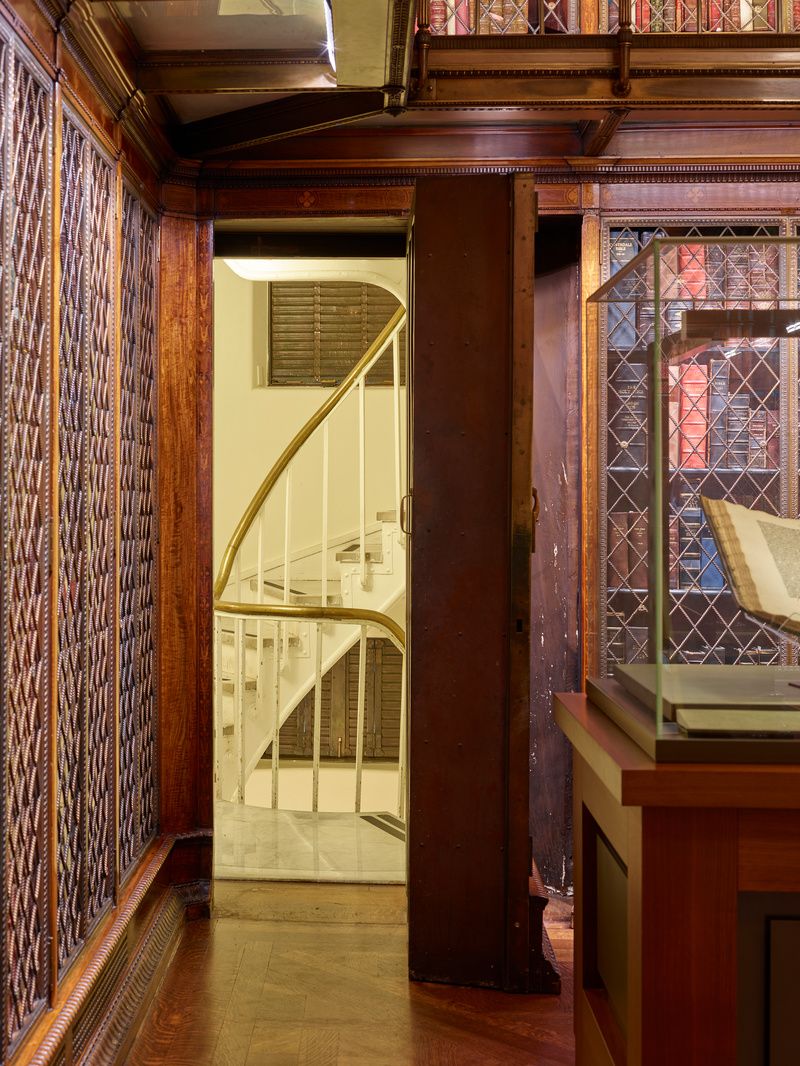
Within the sophisticated confines of the Morgan Library & Museum lies an architectural secret: hidden staircases behind bookcases. These discreet stairs lead to secret compartments and upper tiers, revealing a private world of bibliophilic treasures. The library’s design exemplifies elegance and mystery, enticing those who venture within its walls. This hidden feature offers both functionality and surprise, sparking the imagination of visitors. It’s a testament to the library’s dedication to preserving the past and inspiring curiosity among those who explore its storied halls.
10. Hearst Castle (California) — Secret Suites & Cloisters
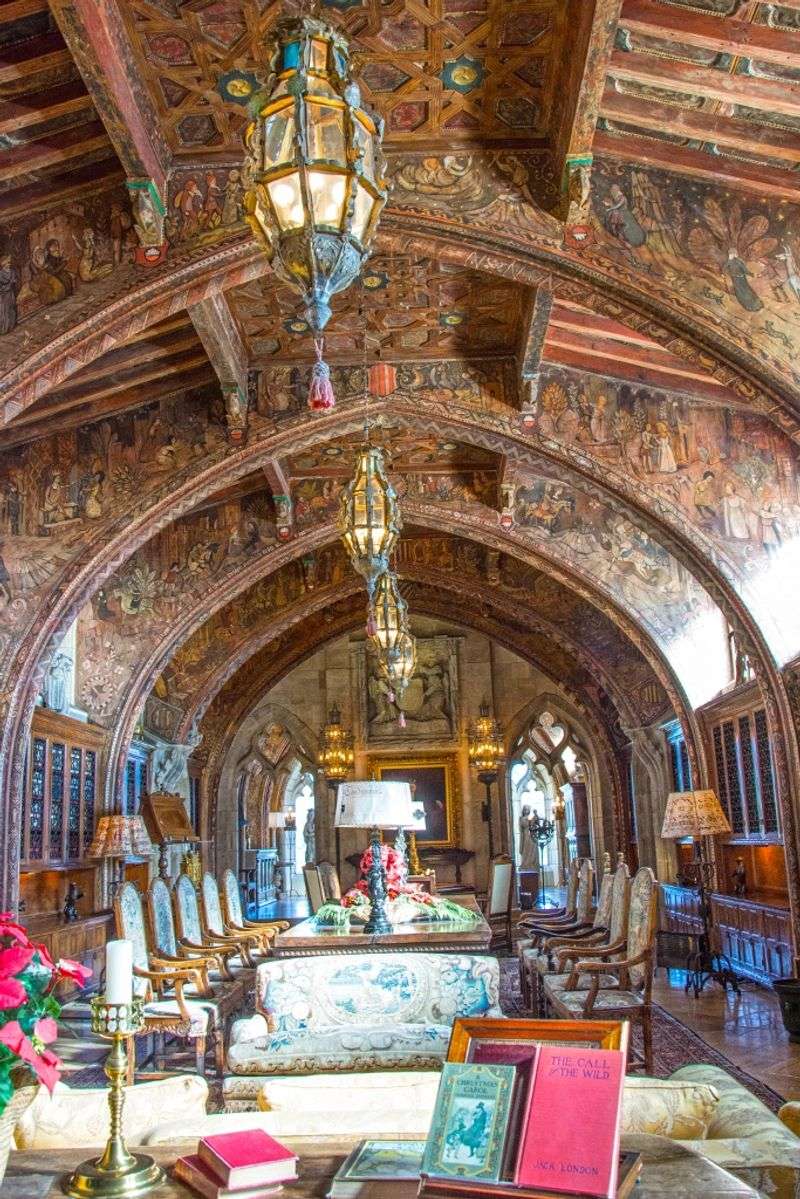
Hearst Castle is renowned for its grandeur, yet it conceals even more opulence within its hidden suites and cloisters. These private rooms, created by William Randolph Hearst, were designed for family and select guests. The Doge’s Suite and Gothic Study are among these secretive retreats, each exuding luxurious charm. Their secluded nature offers an intimate glimpse into the lifestyle of the castle’s illustrious owner. Visitors can only imagine the whispers and laughter that once filled these elegant spaces, now silent yet steeped in history.
11. The Octagon House (Washington, D.C.) — Hidden Doors
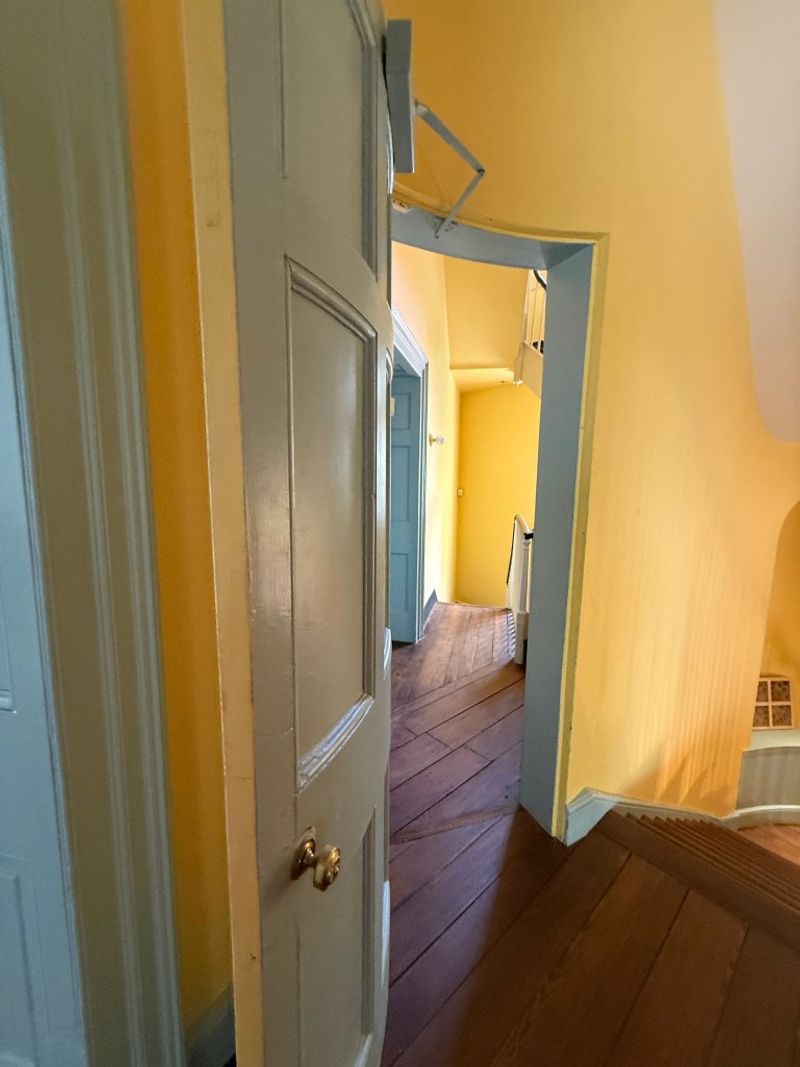
The Octagon House, a historic mansion in Washington, D.C., holds mysteries behind its elegant facade. Within its walls, secret doors are concealed in chairboards and paneling, leading to hidden pathways between rooms. These cleverly hidden entrances add an element of surprise and curiosity. The mansion’s rich history and architectural ingenuity are reflected in these secretive features. Visitors to the Octagon House may find themselves charmed by the unexpected, as each hidden door offers a new adventure in this storied residence.
12. Gateway Arch (St. Louis) — Time Capsule Vault

While the Gateway Arch stands as a symbol of American expansion, it holds a lesser-known secret within: a hidden time capsule. Though not a room to enter, this vault is an intriguing part of the Arch’s structure. It contains items meant to capture a moment in time, preserving thoughts and artifacts for future generations. The time capsule offers insight into the era of its creation, a silent guardian of history. It’s a fascinating aspect of the Arch’s legacy, inviting speculation and wonder from those who learn of its existence.
13. Alcatraz Island (San Francisco) — Staff Secret Tunnels
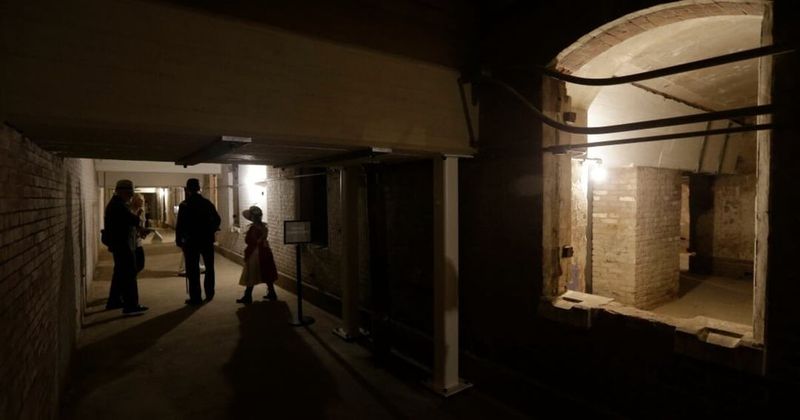
Alcatraz Island, infamous for its prison, hides yet another secret: staff tunnels that weave behind the notorious cells. These hidden passageways offered secure access for prison staff, unseen by inmates. The tunnels have remained largely unseen by the public, adding an air of mystery to the already legendary island. They represent the dual nature of Alcatraz as both a place of incarceration and a space of intricate design. These hidden corridors are part of the island’s enduring legacy, a testament to its complex history and the stories that lie hidden within its walls.
14. Disneyland’s Secret Apartment (Eiffel Tower-style for Disney)
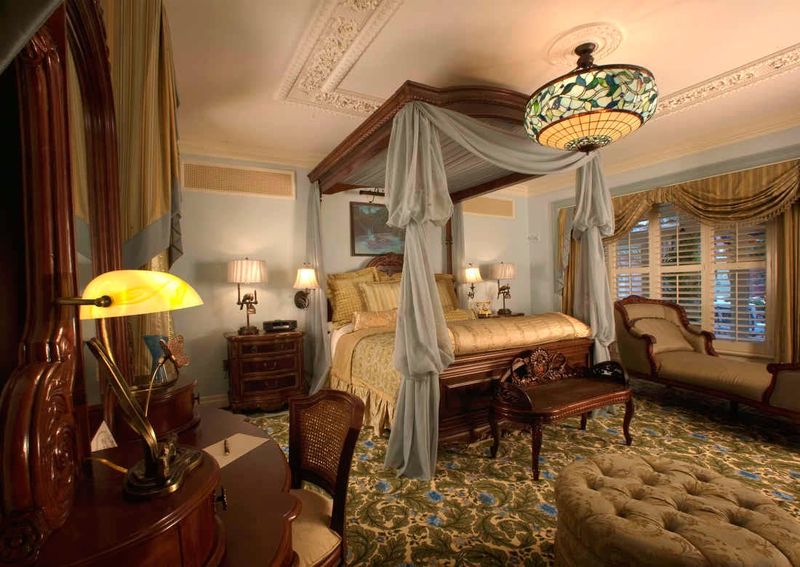
Disneyland, known for its magic and whimsy, harbors a secret apartment inspired by Gustave Eiffel’s hidden Parisian retreat. Conceived by Walt Disney himself, this private area is located within Disneyland’s UK Pavilion. Its details remain largely under wraps, yet it captures the imagination of Disney enthusiasts. This secret space offers a cozy retreat, away from the bustling theme park below. It’s a reflection of Disney’s creative spirit and the allure of hidden wonders within the magical kingdom. Visitors can only dream of the charm that lies within.
15. Track 61 under Waldorf Astoria (NYC)
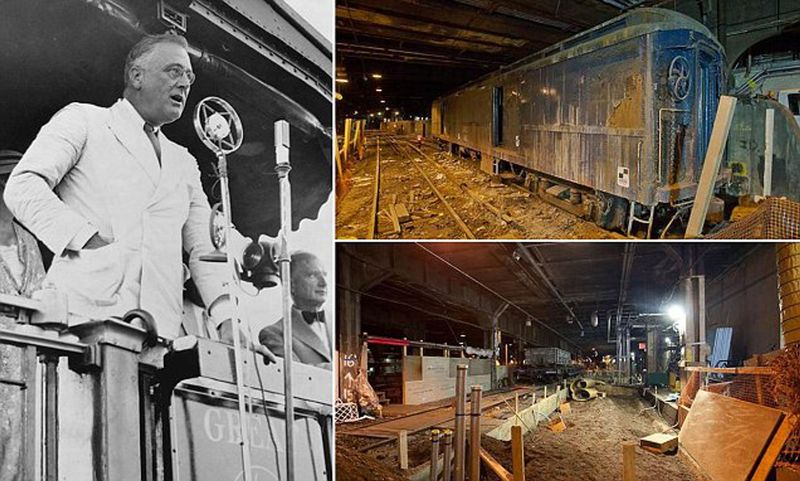
Hidden beneath the opulent Waldorf Astoria Hotel lies Track 61, a secret train platform shrouded in mystery. Built in the 1920s, it was used by President Franklin D. Roosevelt for discreet travel between the hotel and his residence. This platform remains intact, though seldom seen, adding an element of intrigue to the luxurious hotel. Track 61 is a symbol of privacy and exclusivity, offering a glimpse into the clandestine travels of past VIPs. It captures the imagination with its untold stories and hidden passages beneath the bustling city above.

